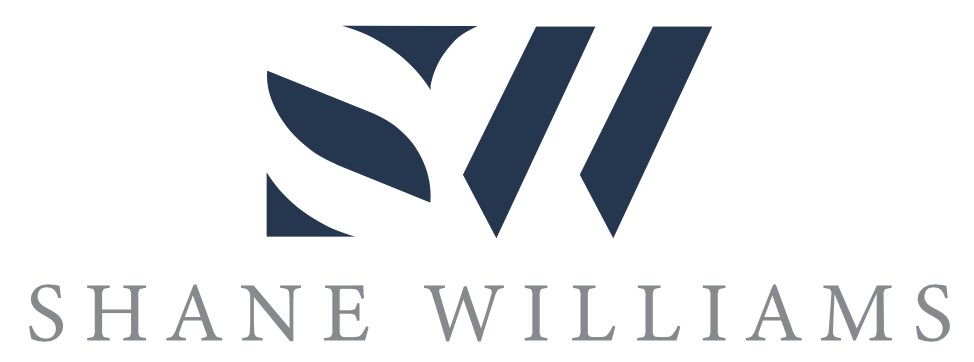Getting the most from your partner relationship - Part 3
“I have been in the ERP implementation space for 12 to 13 years,” Matt Owens tells me. A true veteran in consulting and delivery, Matt’s expertise has led him to his current role as the Director of Sales and Marketing at Annexa, a boutique business systems solution provider and NetSuite Partner.
“I have worn a few hats when it comes to ERP and systems consulting, but I am having a ball in sales.”
Working for Annexa, Matt deals with a range of midsize customers to the REA group, Australia’s largest property site.
“We certainly do work with some very high-profile retail brands. Aesop cosmetics is also a long-term customer, and they are a big global powerhouse.”
Like many of my guests, I met Matt doing the groundwork implementing software, and long before sales. This gives us a competitive edge, according to Matt.
“We live and breathe implementing systems and supporting customers. It enables us to speak the right language with customers because they can relate to the work that we do… I think a lot of salespeople struggle to relate to customers because they may be a little too sales-y.”
Interestingly, this difference between those that are “sales-y” and those that genuinely work with the client is what Matt believes strikes a difference between a vendor and a partnership.
“Vendors are very focused on selling software. A partnership is not only about sales but helping the client maximise their investment in the software. As a software partner, sometimes we have to battle against the vendor as well.”
To the client’s advantage, Matt thinks that vendors wouldn’t refer clients to a weak partner whose abilities will not help them to achieve their success.
Carrying on from my conversations I had with Lee and Brendan in the previous parts of this series, I decided to pose the question to Matt regarding how you can make the most out of your partnerships. First and foremost, I asked Matt what he thinks is the best way to approach a new partnership.
“This question makes me reflect back on the relationships I have had with clients that have gone particularly smoothly. As a partner, you have to acknowledge that the modern customer is well informed, and they do their research. What they are looking for is someone who is going to coach them. What can make this clear is to understand as a partner where the business is going, and how your solution is going to help them get there. Both parties should keep an open mind and take time to build the relationship to open the doors up and share that important information.”
The devil is in the details. A process of initiation whereby both the client and partner learn about each other in order to accelerate implementation. For Matt - and as you probably know by now, I as well – think that this level of detail cannot occur through an RFP.
“I recently was engaged with an accounting firm who are still pretty old school. Even they had changed their tact and effectively wrote an RFP but framed it in a way that summarised their business outcomes, rather than 4000 rows on a spreadsheet.”
Ultimately, Matt thinks that the most successful partnerships are when teams are in a cultural alignment, rather than satisfying a trivial checklist.
“At the end of the day, if you've got a great team and a really strong alignment with a partner, you will deliver great things. This culture is critical. Even more than the tools and the fancy software.”
So if you’re looking to enter into a new partnership, Matt urges you to keep an open mind. As a partner, do you make sure your culture is in line with the client who is approaching you? Or perhaps if you’re searching for a partner, you aren’t always transparent about your goals. This approach is the key to long term relationships, according to Matt.
Lastly, as part 3 of this series on making the most of your partnership, the jury is in… RFPs are out!
